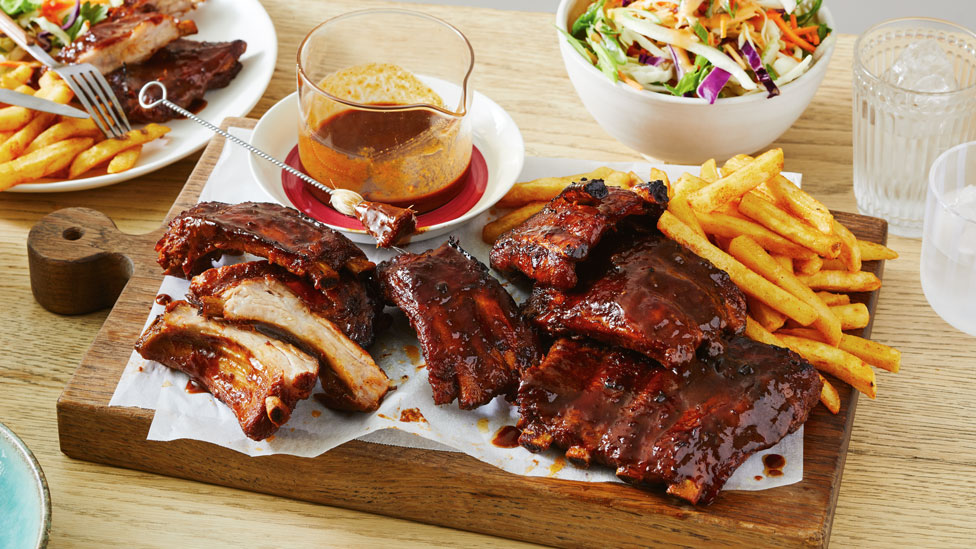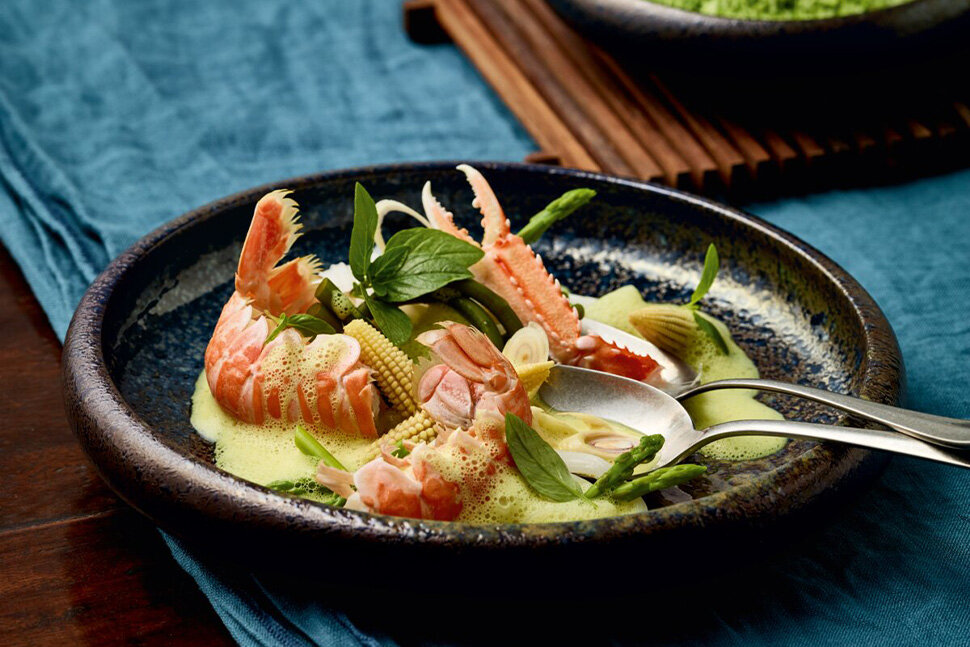Gastronomy, the art and science of good eating, is an integral part of culture and identity, reflecting the unique flavors and traditions of a region. In the United States, a melting pot of cultures and cuisines, gastronomy takes on diverse forms, ranging from hearty barbecue to delicate pastries. Here are the top gastronomy food recipes that epitomize the richness and diversity of American culinary heritage.
Lobster Roll
:max_bytes(150000):strip_icc()/connecticut-style-lobster-roll-recipe-5496594-hero-05-26128df34866403997c3b15cb345f18d.jpg)
Originating from the shores of New England, the lobster roll is a quintessential American dish that embodies the taste of the sea. Made with succulent chunks of lobster meat, nestled in a buttered and toasted bun, the lobster roll is a delicious indulgence enjoyed by seafood lovers across the country.
Origins of the Lobster Roll
The lobster roll traces its origins to the 1920s in Connecticut, where it was first served as a hot dish with melted butter. Over time, the recipe evolved, and today, it is commonly served cold with mayonnaise, celery, and spices, reflecting regional variations.
Ingredients Needed
- Fresh lobster meat
- Split-top hot dog buns
- Mayonnaise
- Celery
- Lemon juice
- Salt and pepper
- Butter
Step-by-step Cooking Instructions
- Preparation: Cook the lobster, remove the meat, and chop it into bite-sized pieces.
- Mixing: In a bowl, combine the lobster meat with mayonnaise, diced celery, lemon juice, salt, and pepper.
- Toasting: Butter the split-top hot dog buns and toast them on a skillet until golden brown.
- Assembling: Fill the toasted buns with the lobster mixture.
- Serving: Serve the lobster rolls with a side of potato chips or coleslaw for a classic New England meal.
Variations and Regional Preferences
While the traditional lobster roll is served cold with mayonnaise, variations abound, including Connecticut-style (warm with butter) and Maine-style (cold with mayo). Regional preferences dictate the use of additional ingredients such as lettuce, chives, or even avocado.
Barbecue Ribs

Barbecue ribs are a staple of Southern cuisine, renowned for their smoky flavor and tender texture. Whether pork or beef, these succulent ribs are slow-cooked to perfection and slathered in a tangy barbecue sauce, making them a favorite at backyard gatherings and barbecue joints across the country.
Introduction to Barbecue Ribs
Barbecue ribs have a long-standing tradition in American culinary history, with roots tracing back to Indigenous cooking techniques and African-American barbecue culture. Today, barbecue ribs come in various styles, including Memphis, Kansas City, and Texas, each with its own unique flavor profile.
Types of Ribs Commonly Used
The two main types of ribs used in barbecue are baby back ribs (from the top of the rib cage) and spare ribs (from the lower portion). Baby back ribs are leaner and more tender, while spare ribs are meatier and have more fat, resulting in a richer flavor.
Seasonings and Sauces
Seasonings and sauces play a crucial role in barbecue rib preparation, enhancing the natural flavors of the meat and adding depth to the dish. Common seasonings include paprika, garlic powder, onion powder, cayenne pepper, and brown sugar, while barbecue sauces range from sweet and tangy to spicy and smoky.
Cooking Methods and Tips
Barbecue ribs can be cooked using various methods, including smoking, grilling, and slow-cooking in the oven or a crockpot. The key to tender and flavorful ribs lies in low and slow cooking, allowing the meat to become fork-tender while absorbing the smoky essence of the wood.
Serving Suggestions
Barbecue ribs are typically served with classic sides such as coleslaw, baked beans, cornbread, and macaroni and cheese, creating a hearty and satisfying meal. For a true Southern experience, pair the ribs with a cold glass of sweet tea or a refreshing beer.
Southern Fried Chicken
:max_bytes(150000):strip_icc()/178809-southern-style-buttermilk-fried-chicken-DDMFS-4x3-e9262a2595dc4e238e19e2fb944dac2f.jpg)
Southern fried chicken is a beloved comfort food that evokes memories of family gatherings, picnics, and Sunday suppers. Crispy on the outside and juicy on the inside, this classic dish is a testament to the art of Southern cooking, with its roots firmly planted in the rural kitchens of the American South.
Origin of Southern Fried Chicken
Southern fried chicken has its origins in African-American culinary traditions, dating back to the antebellum era when enslaved Africans introduced frying techniques to Southern cuisine. Over time, fried chicken became a symbol of hospitality and celebration, transcending racial and cultural boundaries.
Ingredients Required
The key to making Southern fried chicken lies in the ingredients, which are simple yet essential for achieving the perfect balance of flavor and texture. You'll need chicken pieces (such as drumsticks, thighs, or breasts), buttermilk, flour, salt, pepper, and a blend of spices for seasoning.
Brining and Seasoning
To ensure tender and flavorful chicken, it's essential to brine the chicken pieces in a mixture of buttermilk, salt, and spices for several hours or overnight. This process not only adds moisture to the meat but also helps tenderize it, resulting in juicy and succulent fried chicken.
Frying Techniques
Frying the chicken requires a deep fryer or a heavy-bottomed skillet filled with oil heated to the proper temperature (around 350°F). The chicken pieces are coated in seasoned flour, then fried until golden brown and crispy on the outside and cooked through on the inside.
Sides and Accompaniments
Southern fried chicken is often served with an array of classic sides and accompaniments, including mashed potatoes, gravy, collard greens, cornbread, and macaroni and cheese. These hearty dishes complement the rich and savory flavors of the chicken, creating a satisfying and memorable meal.
Conclusion
In conclusion, the top gastronomy food recipes in the USA showcase the diverse and vibrant culinary landscape of the country, from coastal delicacies like lobster rolls to hearty Southern classics like barbecue ribs and fried chicken. Each dish tells a story of tradition, innovation, and cultural heritage, reflecting the rich tapestry of flavors that define American cuisine.







:max_bytes(150000):strip_icc()/connecticut-style-lobster-roll-recipe-5496594-hero-05-26128df34866403997c3b15cb345f18d.jpg)

:max_bytes(150000):strip_icc()/178809-southern-style-buttermilk-fried-chicken-DDMFS-4x3-e9262a2595dc4e238e19e2fb944dac2f.jpg)